- What is Gas Torch Welding?
- Dive into the world of gas torch welding, uncovering its versatility and applications.
- Explore its potential in crafting jewelry, repairing metals, and tackling artistic projects.
- Unveiling the Power of Different Gases
- Demystify the science behind common fuel types like oxy-fuel, propane, and acetylene.
- Discover their strengths, weaknesses, and ideal uses for different projects.
- Choosing the Right Tools
- Navigate the diverse landscape of gas torch options, finding the perfect match for your comfort and project needs.
- Explore handheld torches, bench-mounted setups, and essential accessories like regulators, hoses, and tips.
- Setting Up Your Welding Workspace
- Prioritize safety with essential ventilation techniques, fire prevention strategies, and proper use of personal protective equipment.
- Learn how to prepare your workspace for focus and efficiency.
- Basic Welding Techniques
- Ignite your welding journey with a step-by-step guide for beginners.
- Understand the nuances of flame types and how to manipulate them for different tasks.
- Beyond the Basics: Advanced Welding Strategies for Expert Craftsmanship
- Elevate your skills with techniques like backhand welding, brazing, and soldering.
- Learn to tackle complex weld joints and intricate details with confidence.
- Troubleshooting Common Welding Woes
- Conquer challenges like flashbacks, porosity, and weak welds with expert troubleshooting tips.
- Develop your problem-solving skills and become a self-assured welder.
- Maintaining Your Gas Torch Equipment
- Learn the secrets of proper equipment maintenance, ensuring your torch remains your loyal companion for years to come.
- Discover cleaning, storage, and minor repair tips to maximize the lifespan of your tools.
- Conclusion
-
Recap the essential knowledge and skills gained throughout the guide, solidifying your foundation in gas torch welding.

Have you ever been intrigued by the possibility of masterfully wielding a gas torch to fuse metals and embark on captivating metalworking endeavors? Whether your aspirations lie in crafting exquisite jewelry, performing intricate metal repairs, or executing elaborate artistic creations, mastering gas torch welding is a gateway to realizing these ambitions.
Gas torch welding stands as a remarkably versatile and proficient technique in the realm of metal fusion. It involves a deft combination of fuel gas and oxygen, meticulously blended to produce a high-temperature flame capable of melting and seamlessly joining diverse metals.
This comprehensive guide will navigate you through the foundational aspects of gas torch welding. You'll delve into selecting the optimal gas type for your project, employing the correct welding apparatus, establishing a secure and well-prepared welding environment, and applying fundamental to advanced welding strategies.
Upon completing this guide, you'll possess the expertise to execute gas torch welding with professional finesse, paving the way for a multitude of metalworking projects.
What is Gas Torch Welding?
Gas torch welding, a time-honored method dating back to the 19th century, is a versatile form of metal joining. Utilizing a torch that mixes fuel gas with oxygen, it produces a flame reaching over 5,000°F, melting most metals. This technique not only repairs and fabricates metals but also lends itself to brazing, soldering, and artistic metalwork.
Advantages and Challenges
Gas torch welding's versatility allows it to work with various metals and techniques. It's portable, economical, and relatively easy to learn. However, it does pose risks due to high temperatures, flammable gases, and intense light, requiring skill and caution. You can learn more about the advantages and challenges of gas torch welding in this article.
The Power of Different Gases
The choice of gas - acetylene, propane, butane, or hydrogen - greatly affects the welding process. Acetylene is common for its high flame temperature and control, though it can be volatile. Propane offers efficiency and a longer flame but lacks versatility. Butane is similar to propane but less available, and hydrogen is suitable for high-temperature welding but demands special handling.
|
Gas |
Advantages |
Disadvantages |
Best for |
|
Acetylene |
- Highest flame temperature (5,327°F) - Excellent control and precision - Wide range of uses |
- Requires oxygen for oxy-fuel setup - More expensive than propane or butane - Highly flammable and requires special handling |
- Brazing and soldering delicate pieces - Cutting thick metals - General welding with high precision |
|
Propane |
- Readily available and affordable - Produces long neutral flame - Requires less equipment than acetylene |
- Lower flame temperature (3,615°F) - Less versatile than acetylene - Sooty flame can affect weld quality |
- General welding projects requiring moderate heat - Light brazing and soldering - Heating and bending metals |
|
Butane |
- Similar properties to propane but slightly lower flame temperature |
- Less readily available than propane - May not be suitable for all welding applications |
- Light brazing and soldering - Heating and bending metals |
|
Hydrogen |
- Highest achievable flame temperature (5,513°F) - Clean burning with minimal oxidation - Can be used with oxygen or air |
- Requires special equipment and handling due to explosive potential - More complex setup and operation - Less readily available than other gases |
- High-temperature welding of difficult materials - Joining dissimilar metals |
Choosing the Right Equipment
For effective gas torch welding, you'll need:
- Welding Torch: Select one compatible with your gas, metal, and welding style. Consider features like grip, triggers, and valves for ease of use.
- Fuel Gas and Oxygen Tanks: Match these to your gas type and welding frequency. Ensure they're correctly pressured and adhere to safety standards.
- Regulator: This controls gas and oxygen flow. Choose one compatible with your setup and adjust it for optimal pressure and flow.
- Hose: Ensure it's heat-resistant, flexible, and in good condition, free from damage that could impede gas flow.
- Nozzle: Select based on your gas, metal type, and welding technique. The size, shape, and angle of the nozzle influence the flame's characteristics.
By understanding and correctly utilizing the different aspects of gas torch welding, you can harness its full potential, whether for practical repairs, creative projects, or intricate metalwork.
Essential Steps for Setting Up a Safe Welding Workspace
Creating a safe welding environment is crucial for effective gas torch welding. Here's how to ensure safety and efficiency:
- Ensure Proper Ventilation: Select a well-ventilated area to avoid accumulation of hazardous fumes. Utilize fans, hoods, or extractors for effective air circulation and filtration. Avoid confined spaces to prevent risks of suffocation or explosion.
- Remove Flammable Materials: Clear the area of any substances that could ignite, like gas, oil, paint, paper, or wood. Maintain a safe distance between the welding space and combustible materials, and use fire-resistant barriers for added safety. Keep fire extinguishers or similar emergency equipment readily accessible.
- Secure Electrical Connections: Confirm that all electrical connections and cords are safe and properly grounded. Regularly inspect cords and plugs for damage and ensure the torch and workspace are dry to prevent electrical hazards. Always turn off and unplug equipment when not in use.
- Wear Protective Gear: Adequate personal protection is non-negotiable. Equip yourself with a welding helmet, jacket, gloves, boots, respirator, ear plugs, and safety glasses to protect against heat, spatter, arcs, electric shock, and welding byproducts.
Fundamentals of Gas Torch Welding
Gas torch welding is an art requiring skill and patience. It involves several basic techniques:
- Fusion Welding: Joining metals by melting them together without filler.
- Brazing: Using a filler with a lower melting point than the base metals to join them.
- Soldering: Similar to brazing, but with a much lower melting point filler material.
- Flame Types: Understanding the neutral, carburizing, and oxidizing flames is crucial. Neutral flames are versatile and ideal for most metals, carburizing flames add carbon and reduce oxidation for softer metals, and oxidizing flames, ideal for harder metals, remove carbon and increase oxidation.
Advanced Welding Strategies
Advance your gas torch welding with precision techniques:
- Backhand and Forehand Welding: Backhand creates deeper, narrower welds for thicker metals, while forehand suits thinner metals with shallower, wider welds.
- Weaving: For uniform welds on wide joints, weaving moves the torch in zigzag or circular patterns.
- Handling Complex Welds: Learn upward and downward vertical welding, flat and horizontal welding, and overhead welding techniques.
Exploring Creative Welding Projects
Gas torch welding transcends practicality, entering the realm of creativity:
- Metal Sculpture: Create artistic sculptures by welding various metal pieces.
- Metal Furniture: Fashion functional furniture from metal, enhancing with cushions or wood.
- Metal Jewelry: Craft elegant jewelry using metal wires, beads, and stones.
Each project offers an opportunity to showcase creativity and skill, whether it's in art, furniture design, or jewelry making.
Optimizing Gas Torch Welding: Essential Equipment Maintenance
Maintaining your welding equipment is key to ensuring effective and safe welding.
Here are the fundamental steps for equipment upkeep:
- Cleaning the Torch: Regular cleaning is crucial. Use compressed air, brushes, or cloths to remove dust, dirt, or spatter from both inside and outside the torch. Focus on the nozzle, tip, and valve, as they directly influence flame quality and welding performance.
- Replacing Consumables: Periodically replace parts like the nozzle, tip, valve, and gas. Assess their condition and efficiency, swapping them out when they show signs of wear or damage. Ensure that the new consumables are compatible with your torch and specific welding requirements.
- Securing Connections: Regularly inspect connections linking tanks, regulators, hoses, and the torch. Tight, secure fittings are essential to prevent pressure or flow issues. Test for leaks using a soap solution or a leak detector and address any leaks immediately.
By following these maintenance steps, you'll enhance the longevity and performance of your welding equipment, ensuring consistent quality in your welding projects.
Congratulations! You've reached the end of this gas torch welding journey, equipped with a toolbox of knowledge and skills to transform metal into stunning projects.
Your Accomplishments:
- Expertise in Gas Torch Welding: Mastered the intricacies of gas selection and equipment setup, ensuring a safe and efficient welding workspace.
- Advanced Technique Proficiency: Developed a comprehensive skill set in both basic and complex welding techniques, ensuring precision in every weld.
- Troubleshooting Mastery: Acquired the ability to swiftly diagnose and resolve common welding challenges, maintaining high standards of work.
- Diligent Equipment Maintenance: Adopted a meticulous approach to maintaining welding tools, ensuring longevity and peak performance.
- Safety Commitment: Prioritized health and safety protocols in all welding activities, ensuring a secure work environment.
But This is Just the Beginning!
Continuing Your Welding Journey:
- Video Tutorial: Enhance your skills by watching a master welder in action. [Link to video tutorial]
- Online Course: Delve deeper into the nuances of gas torch welding with an interactive online course. [Link to online course]
- Educational Reading: Broaden your theoretical and practical understanding with a comprehensive welding book. [Link to book]
- Community Engagement: Join a welding forum, connect with peers, share experiences, and gain insights from a community of enthusiasts. [Link to forum]
Your adventure in gas torch welding doesn't end here. With the foundational knowledge and skills you've acquired, you're poised to tackle increasingly complex projects, innovate in your metalworking, and perhaps even inspire others in the art of welding.
Keep fueling your passion, sharpening your skills, and embracing the ever-evolving journey of learning in the world of gas torch welding.
FAQ on Gas Torch Welding
1. What are the benefits of gas torch welding over other welding methods?
- Versatility: Gas torch welding is highly versatile, suitable for a range of metals and projects, from intricate jewelry making to robust metal fabrication.
- Portability: Unlike many electric welding methods, gas torch welding doesn't require electricity, making it portable and convenient for use in various locations.
- Fine Control: Offers exceptional control over the flame and heat, allowing for precise welding and minimal distortion on thin materials.
- Cost-Effectiveness: Generally, the initial setup for gas torch welding is more economical compared to some advanced welding setups.
2. What are the safety hazards and precautions of gas torch welding?
- Flammable Gases: The use of combustible gases like acetylene requires careful storage and handling to prevent leaks and explosions.
- Burn Risk: The high temperature of the flame presents a burn hazard. Proper protective gear like gloves and face shields is necessary.
- Toxic Fumes: Welding can produce harmful fumes. Always work in a well-ventilated area and consider using a respirator.
- Eye Protection: The bright flame can harm your eyes, necessitating the use of appropriate eye protection, such as welding goggles.
3. What are the best materials and thicknesses for gas torch welding?
Gas torch welding is well-suited for materials like:
- Steel and Stainless Steel: Especially thinner gauges where precise control is needed.
- Copper and Brass: Ideal for these materials due to the lower melting points.
- Aluminum: Requires skill due to its high thermal conductivity.
- Thickness Range: Best for materials that are not excessively thick, typically up to 1/2 inch, though this can vary based on the torch's power and the welder's expertise.
4. How do I adjust the flame and the gas pressure for different welding situations?
- Neutral Flame: For general welding, a balanced ratio of oxygen to gas (neutral flame) is typically used.
- Carburizing Flame: For softer metals, a flame with more gas than oxygen can prevent oxidation.
- Oxidizing Flame: For harder metals, a slightly oxygen-rich flame may be beneficial.
- Pressure Adjustment: Adjust the regulators on your gas tanks to achieve the desired flame characteristics, considering the manufacturer’s guidelines.
5. How do I clean and store my gas torch after use?
- Cleaning: Wipe down the torch with a clean cloth to remove any residue. Occasionally use compressed air to blow out any debris from the nozzles.
- Nozzle Care: Check the nozzle for blockages or damage and clean or replace as needed.
- Storage: Store the torch in a clean, dry place. Ensure gas valves are closed and the gas is disconnected, especially if storing for extended periods.
- Safety Check: Regularly inspect hoses and connections for signs of wear or damage.
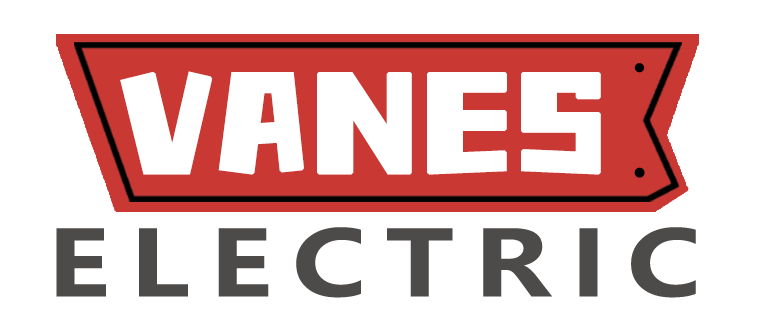
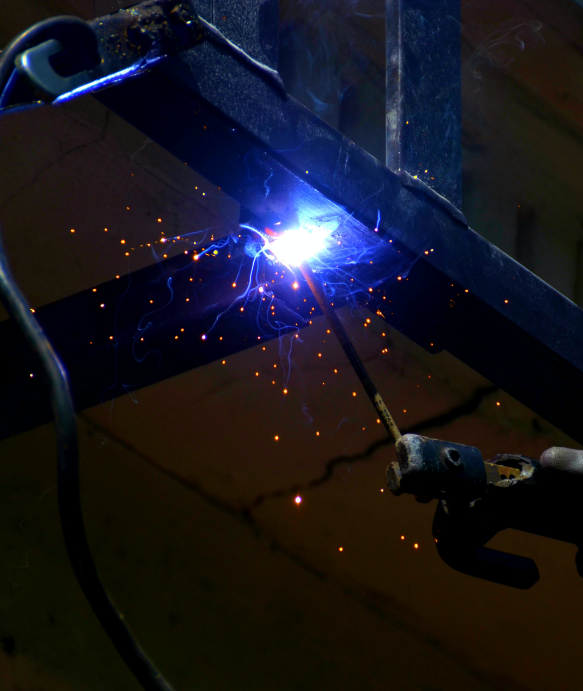
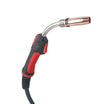
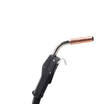
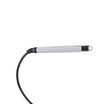
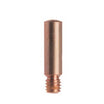

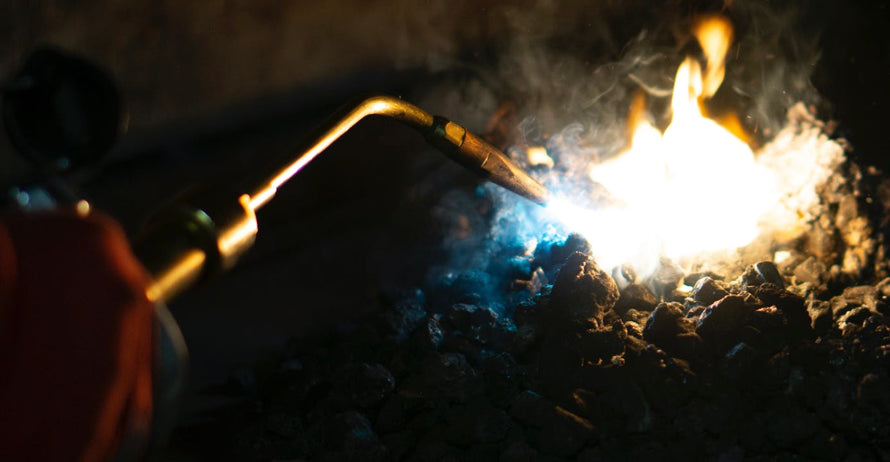
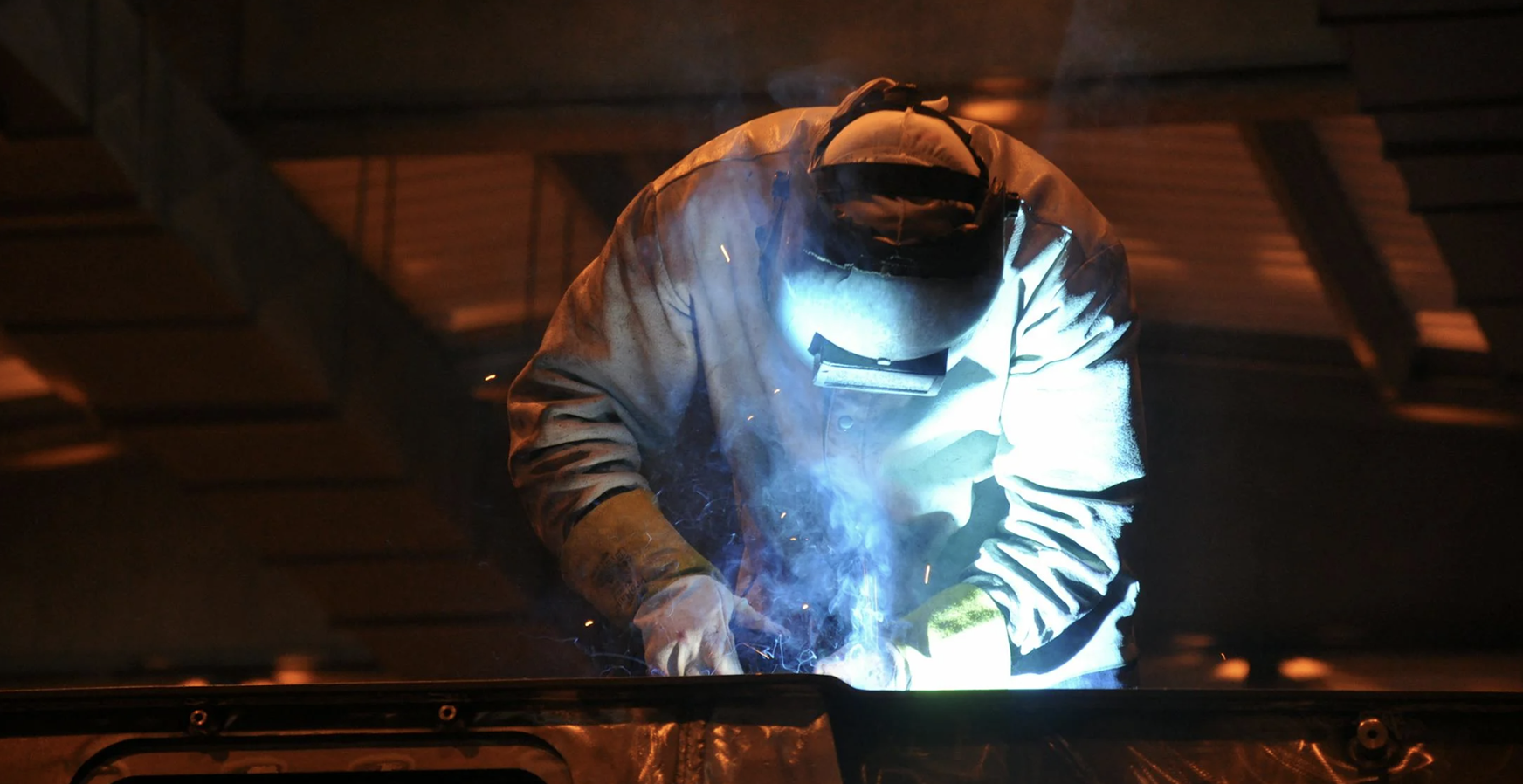
Leave a comment
This site is protected by reCAPTCHA and the Google Privacy Policy and Terms of Service apply.